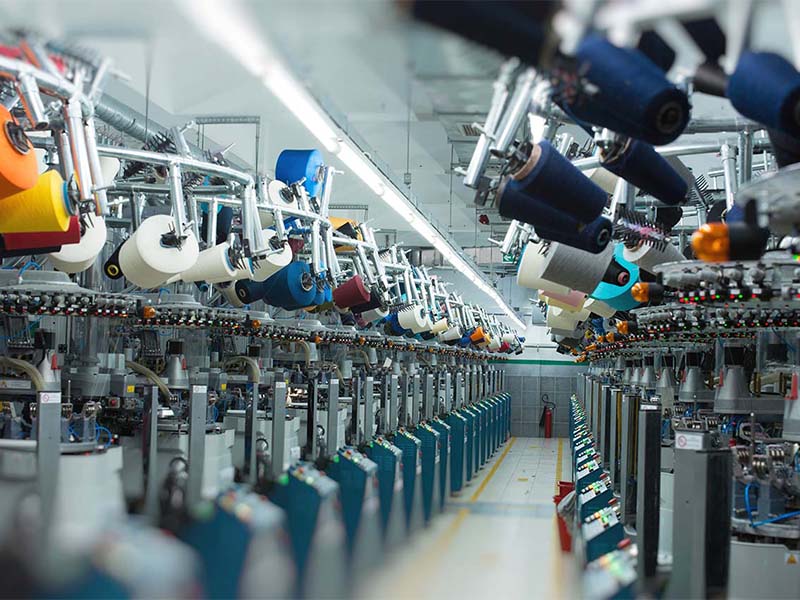
Introduction: One-way bearings are indispensable components utilized in various mechanical systems, including textile machinery. This article explores the significance of one-way bearings in textile machinery, highlighting their role in enhancing productivity, reliability, and operational efficiency.
Role of One-Way Bearings:
One-way bearings serve several critical functions in textile machinery:
Directional Control: One-way bearings ensure that rotational motion occurs in a single direction, facilitating precise control over the movement of yarns, fabrics, and other materials.
Preventing Backlash: In textile machinery such as winding machines and looms, one-way bearings eliminate backlash and ensure consistent tension control, resulting in higher-quality finished products.
Improving Efficiency: By minimizing energy loss associated with reverse motion, one-way bearings enhance the overall efficiency of textile machinery, reducing downtime and production costs.
Application in Textile Machinery:
One-way bearings find extensive application in various types of textile machinery, including:
Winding Machines: In winding machines used for yarn winding and spooling, one-way bearings control the rotation of spindles, ensuring that yarn is wound onto bobbins or spools without slippage or tangling.
Looms: In weaving looms, one-way bearings play a crucial role in controlling the movement of shuttle or rapier mechanisms, enabling precise insertion of weft yarns and ensuring uniform fabric formation.
Texturing Machines: In texturing machines used for producing textured yarns or fibers, one-way bearings facilitate controlled twisting and drafting of fibers, resulting in consistent yarn quality and texture.
Advantages and Challenges:
The integration of one-way bearings into textile machinery offers several advantages:
Enhanced Productivity: By providing reliable directional control and tension regulation, one-way bearings contribute to increased productivity and throughput in textile manufacturing processes.
Improved Quality: One-way bearings help maintain consistent tension and prevent irregularities in yarn or fabric formation, resulting in higher-quality end products.
Reduced Maintenance: One-way bearings minimize wear and tear on machine components, leading to reduced maintenance requirements and extended equipment lifespan.
However, challenges such as bearing wear and the need for periodic lubrication may arise, requiring proactive maintenance practices to ensure optimal performance.
Conclusion:
One-way bearings play a vital role in enhancing the functionality, reliability, and efficiency of textile machinery. Whether in winding machines, looms, or texturing machines, one-way bearings enable precise control over motion and tension, leading to improved productivity and quality in textile manufacturing. As the textile industry continues to evolve, the application of one-way bearings is expected to remain essential for driving innovation and optimizing production processes.

